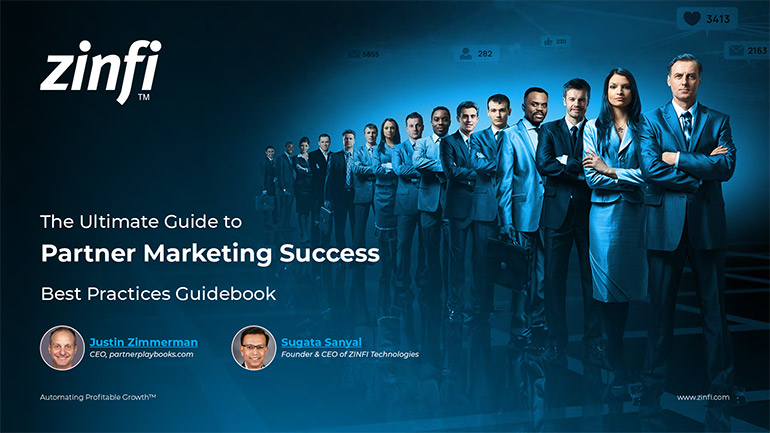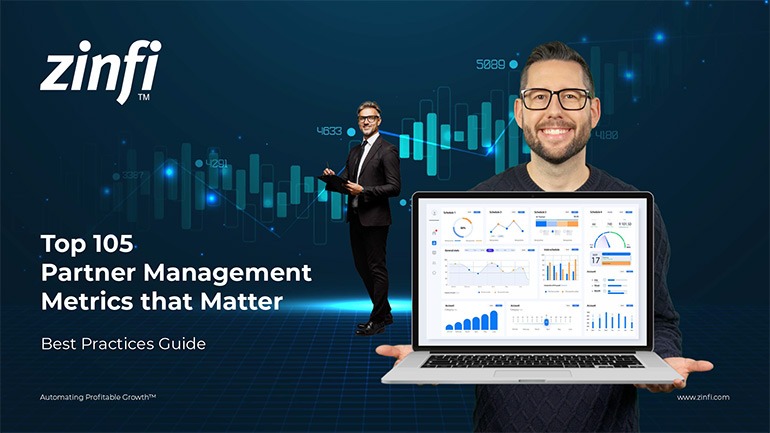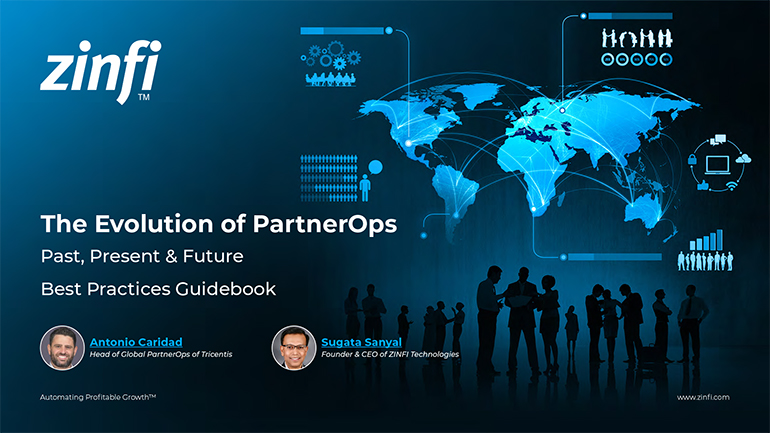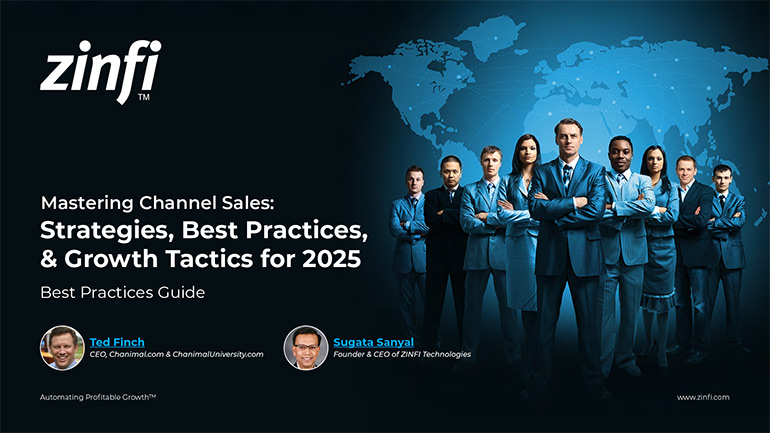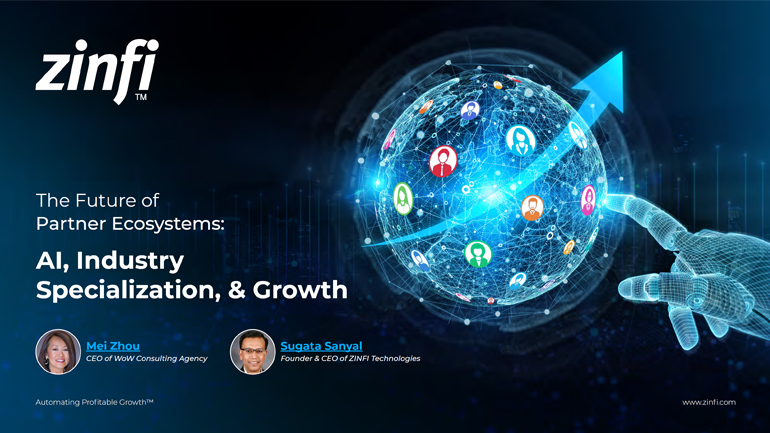- Panel 1: Laying the Foundation: Strategize, Recruit, Onboard & Enable
- Panel 2: Execution at Scale: Co-Market, Co-Sell & Incentivize
Panel 1: Laying the Foundation: Strategize, Recruit, Onboard & Enable
Laying the Foundation: Strategize, Recruit, Onboard & Enable
In Panel 1 of PartnerOps Austin, ZINFI’s Founder & CEO Sugata Sanyal brings together a dynamic lineup of ecosystem leaders for a foundational discussion on partner strategy, recruitment, onboarding, and enablement. This group includes Antonio Caridad from Tricentis, Mary Catherine Wilson from FutureTech, Ted Finch from Channimal, and Jennifer Rhima from Apollo.io. Together, they break down the frameworks driving modern partner relationship management, from lean startup playbooks to extensive enterprise realignment.
Whether you’re building a program from scratch or optimizing a mature PRM motion, this panel will discuss the must-have methods, tools, and organizational mindsets for scaling through partnerships. You’ll hear everything from how to define your Ideal Partner Profile to why onboarding is like a first date and why the 90-day window matters most.
Listen now to get a front-row seat to the future of PartnerOps—direct from Austin’s innovation ecosystem.
Panel 2: Execution at Scale: Co-Market, Co-Sell & Incentivize
Execution at Scale: Co-Market, Co-Sell & Incentivize
In Panel 2 of PartnerOps Austin, ZINFI’s Founder & CEO Sugata Sanyal returns with another powerhouse lineup focused on execution. Featuring Eleanor Thompson (Branchworks), Justin Zimmerman (Partner Playbooks), Vineet Sharma (Cloudera), and Mei Zhou (WoW Consulting Agency), this session dives into the real mechanics of PartnerOps at scale.
The panel breaks down how successful teams execute co-marketing programs, streamline co-sell motions, and evolve incentives from transactional to influence-driven. Each speaker shares concrete examples, from Vineet’s multi-vendor AI stack rollouts to Eleanor’s high-conversion onboarding playbooks, Mei’s vertically targeted partner orchestration, and Justin’s partner pod strategies.
Panel 2 offers a real-world look at how modern GTM teams use agile frameworks, automated systems, and role-specific incentives to align internal teams and ecosystem partners. If you want to see what high-performance PartnerOps execution looks like, this session delivers—fast, practical, and scalable.


